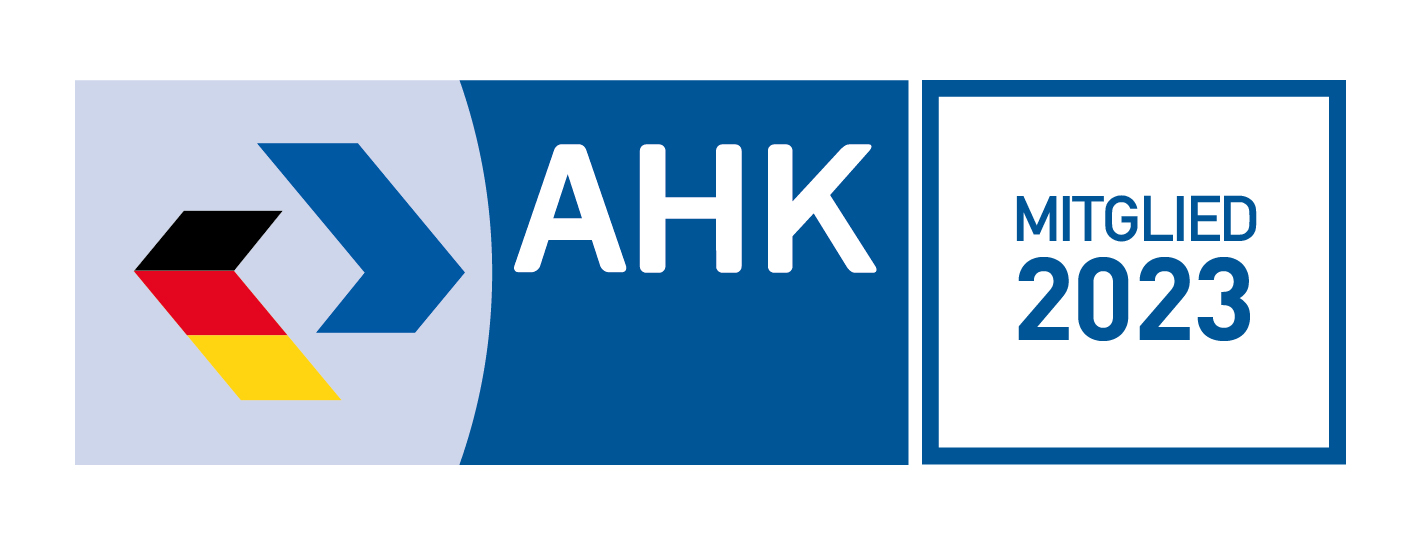Currently, there is a lack of a standardized and universally applicable procedure for conducting an ESG assessment. Typification and standardization of valuation methods could be the key to success in carrying out transparent and, above all, comparable ESG valuations thanks to uniform rules.
Gaps in the discussion of stranded assets
Already today, many properties are to be considered stranded in a comparable valuation from an ESG point of view. They no longer have the minimum requirements to participate in the changing market, which has now been expanded to include ESG as another core issue. The result of an ESG assessment has become a clear exclusion criterion if it is negative. However, for properties with a complex user structure, modern management approaches and a multitude of development possibilities, only insufficient valuation methods are available. For the evaluation of the complex and multi-layered interaction of real estate with its environment, generally applicable sets of rules are thus necessary.
Focus on adaptability
If we apply the principle of continuous adaptation in human history to our real estate market, we will have to evaluate the qualification of a stranded asset in the future according to their possibilities for continuous adaptability. We are constantly confronted with the issue of stopping climate change or mitigating its effects. A dissolution of rigid evaluation frameworks is thus necessary.
Development of object-specific criteria catalogs
To prevent ESG-washing, feedbacks must be excluded from the development process with the decision-making levels. Priority must be given to technical and scientific methods. Otherwise, the suspicion of elaborating benevolent evaluation patterns is too strong. Since Green Deal and EU Taxonomy as framework guidelines do not specify binding assessment criteria, a sensible combination of known sets of rules such as DGNB, BREEAM, DIN/EN, ISO is possible for a generally valid and typified application.
Sustainability controlling and risk management
To ensure that the guiding principle of the Green Deal to strengthen sustainable investments is sufficiently taken into account, the integration of risk management is essential. Implementation guidelines have already been drawn up for financing institutions in the seventh amended draft of MaRisk (BaFin). Almost all sections of MaRisk set out and require how financing decisions should be made by considering the impact of ESG criteria. For the operational implementation of the assessments, both at the outset and on a recurring basis, external service providers must be involved to ensure that a neutral perspective is at the forefront of the assessment. Standardization for proper ESG assessment thus becomes mandatory.
Goal: Recurring assessment
An evaluation of object-specific sustainability criteria must be comprehensible, recurring and thus standardized, so that a continuous adaptation to new evaluation patterns is possible. A homogeneous information structure and effective (ESG) data management support all market participants in the formation of benchmarks. The “Fundamentals of Proper ESG Valuation” (GoESG) thus opens up an opportunity for the industry to compare ESG valuations. This ensures that deviations from the changing targets are continuously identified at an early stage in the form of sustainability controlling.

Henry Fritzsche
Chief Operations Officer
Published in FondsNews. February 2023 issue.





